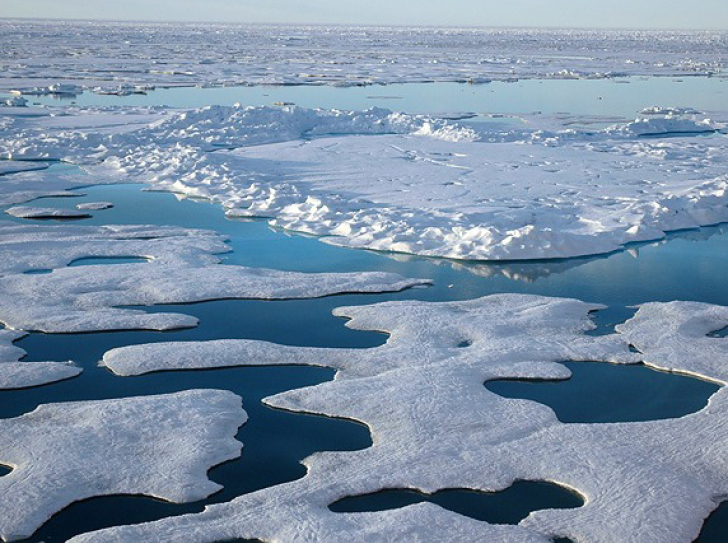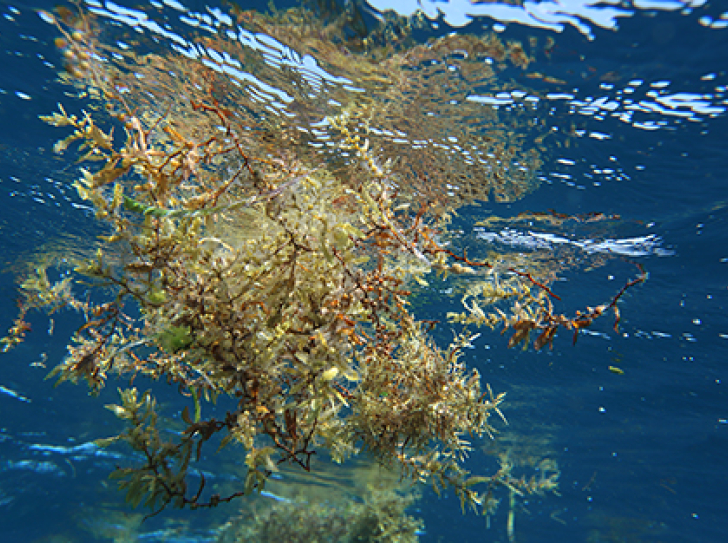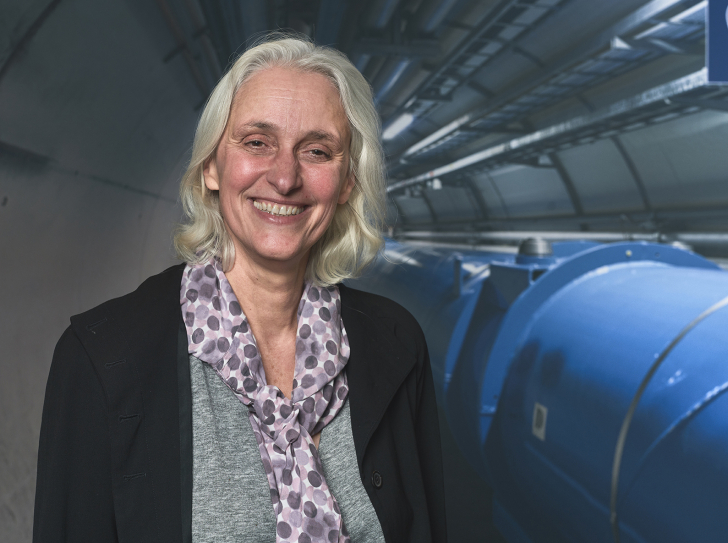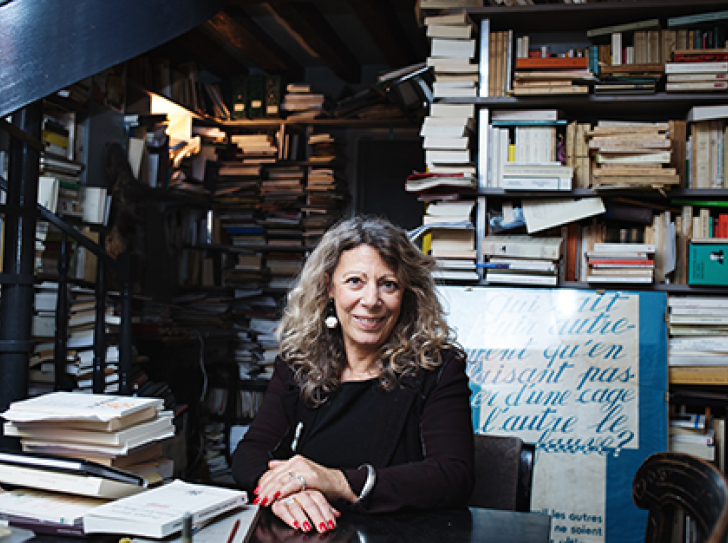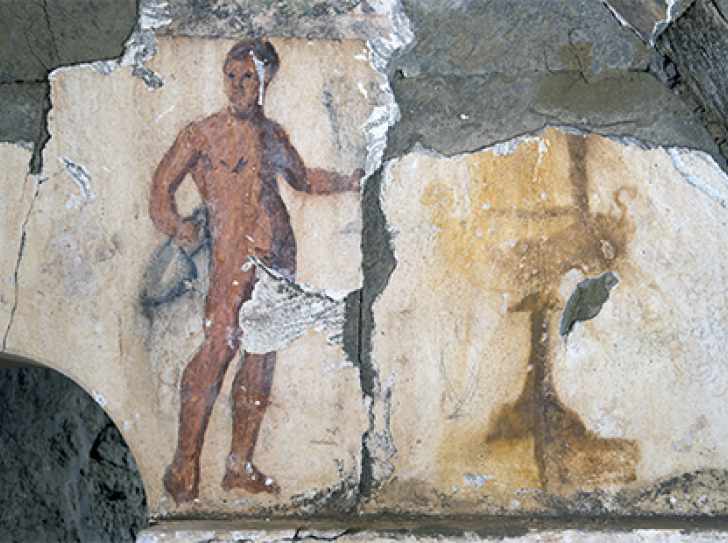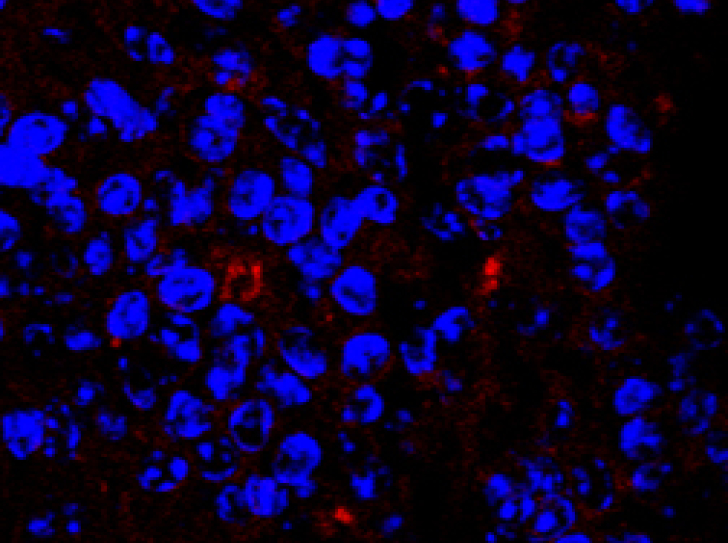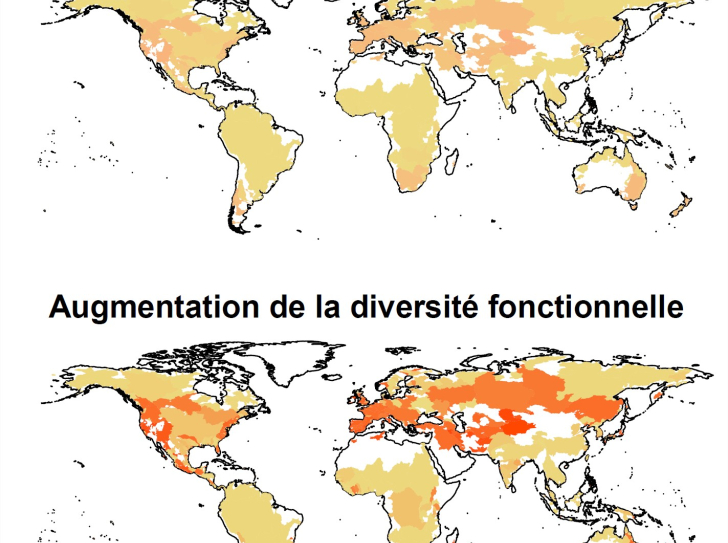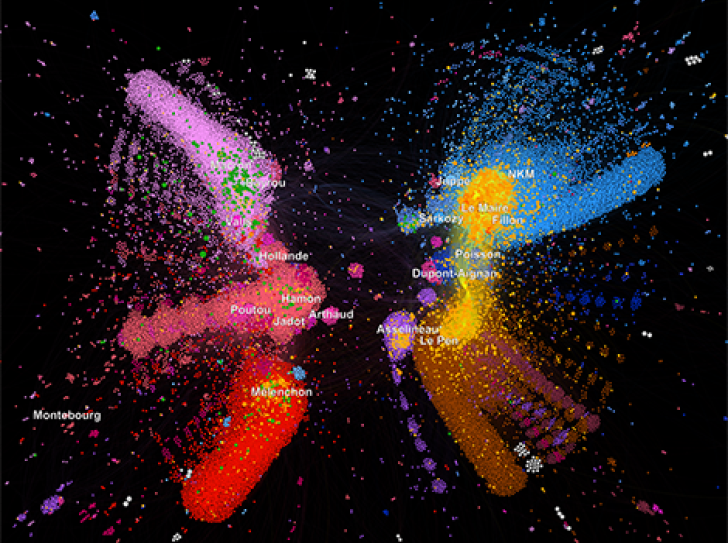News round-up
843 results
Press
A French-South Korean International Joint Unit inaugurated in Seoul
On October 5, 2018 in Seoul, CNRS and Sorbonne University, together with Ewha Womans University and Yonsei University, their two South Korean…
Read more
Press
Thirteen ocean solutions for climate change
Over a dozen international researchers from the Ocean Solutions InitiativeThe Ocean Solutions Initiative is concerned with the future of the ocean…
Read more
Press
Scientific misconduct : the CNRS announces penalties against two senior researchers
In recent months the CNRS has conducted two new disciplinary procedures for scientific misconduct involving two CNRS senior researchers. Patrice…
Read more
Press
A research project in the French West Indies for repurposing Sargassum seaweed
A research team including the CNRS and the Université des Antilles has just launched an 18-month interdisciplinary research project, largely financed…
Read more
Press
The philosopher and philologist Barbara Cassin has been awarded the 2018 CNRS Gold Medal
The CNRS Gold Medal, France’s highest scientific distinction, has been awarded this year to the philosopher and philologist Barbara Cassin, senior…
Read more
Press
Painted tomb discovered in Cumae (Italy): A banquet frozen in time
At the foot of the hill on which sits the ancient city of Cumae, in the region of Naples, Priscilla Munzi, CNRS researcher at the Jean Bérard Centre …
Read more
Press
Deciphering the link between skin allergies and the gut microbiota
Over the last few years, scientists have discovered connections between gut microbiota imbalances and various diseases. Now, in a study using mice,…
Read more
Press
Seeing the very big picture of the French 2017 presidential election: Social media, fake news, and political communities
CNRS and EHESS researchers analyzed nearly 60 million political tweets posted during the 2017 presidential election in France. They noted that fake…
Read more


